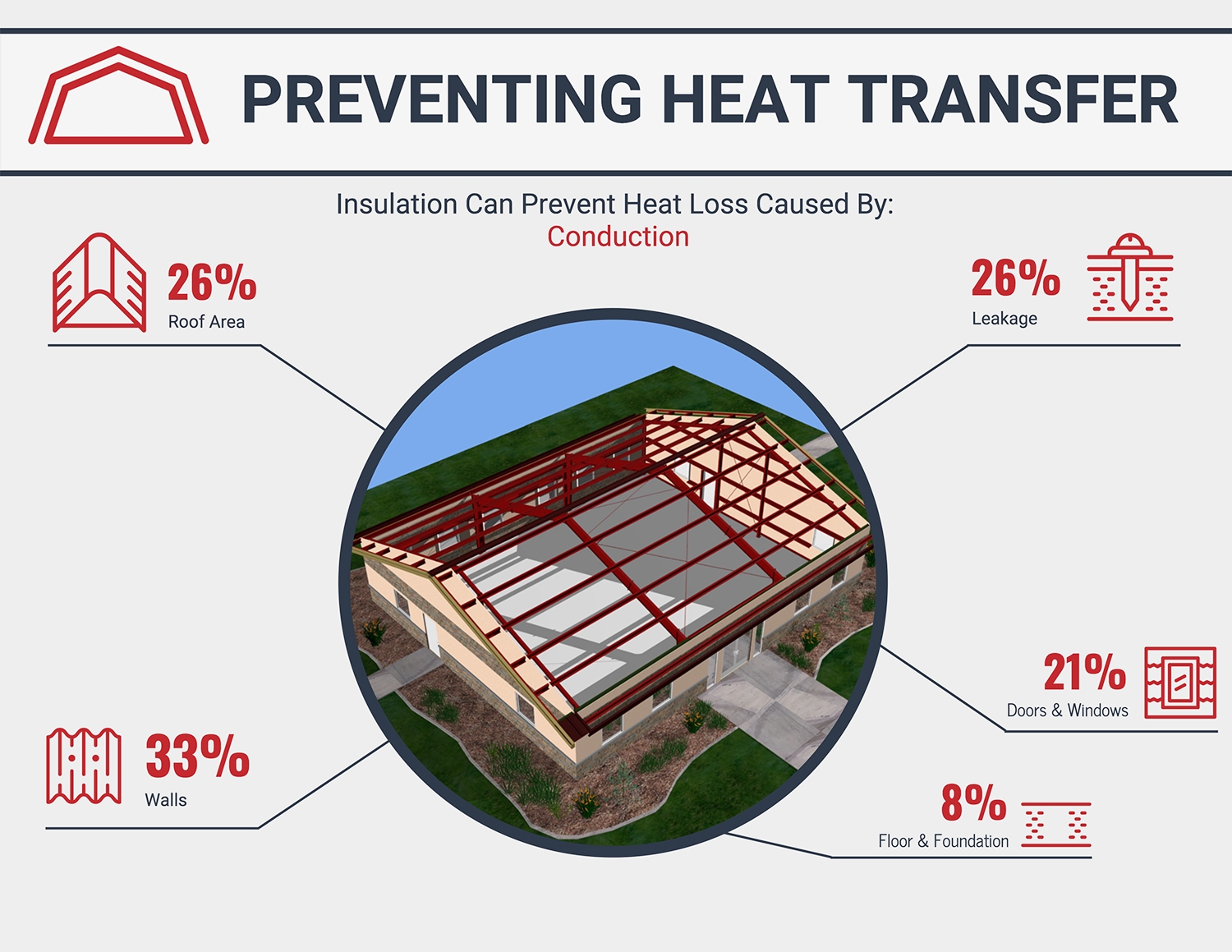The Future Of Commercial Building And Construction: Fads And Innovations
The Future Of Commercial Building And Construction: Fads And Innovations
Blog Article
Content Create By-Forbes Hardin
Did you know that the international construction industry is forecasted to get to a worth of $12.7 trillion by 2022? With such a massive market, it's no wonder that business building and construction is continuously developing to satisfy the demands of the future.
From developments in building products to the combination of wise modern technology and arising construction techniques, the sector is on the edge of a major makeover.
But just what are these trends and advancements that will form the future of business building? Keep tuned as we check out the exciting possibilities that lie in advance and how they will certainly revolutionize the means we develop.
Innovations in Building Products
Innovations in structure products have actually transformed the business building market, allowing for much more reliable and lasting construction techniques.
With the intro of innovative products such as environment-friendly concrete and cross-laminated lumber (CLT), construction companies are now able to decrease their environmental influence while boosting the overall top quality of their jobs.
https://docs.google.com/spreadsheets/d/15so50kJ3xleQz283dVQziVoKmTlaC5kMixzB14bqM00/edit#gid=882649733 -friendly concrete, as an example, is made from recycled products and has a reduced carbon footprint compared to traditional concrete. It additionally has superb thermal properties, decreasing the demand for added insulation.
CLT, on the other hand, is a sustainable choice to steel and concrete. It's lighter, yet more powerful, and can be built off-site, causing much faster building times.
These developments in structure products not only benefit the setting yet additionally raise productivity and cost-efficiency in the industrial construction market.
Integration of Smart Modern Technology
Incorporating smart technology into industrial construction projects has transformed the sector, boosting effectiveness and productivity while enhancing overall job management. Right here are three ways in which smart technology is being incorporated into business building:
1. Structure Automation: Smart innovation enables the automation of various building systems, such as lights, heating, air flow, and protection. This not just improves power effectiveness but also supplies a much more comfortable and adjustable setting for residents.
2. Remote Tracking: Smart sensors and IoT tools enable real-time monitoring of building and construction sites, enabling project supervisors to track development, recognize prospective concerns, and make educated decisions from another location. construction industry office managers lowers the need for physical existence on-site and enhances interaction and collaboration.
3. Data Analytics: Smart innovation accumulates and assesses information from different sources, providing beneficial understandings into building processes, resource allocation, and efficiency. This data-driven technique allows far better decision-making, optimization of sources, and positive upkeep, inevitably bring about set you back savings and enhanced job results.
With the assimilation of clever modern technology, business building jobs are becoming much more efficient, sustainable, and smart.
Arising Building Strategies
As the industrial building and construction sector continues to advance, new techniques are arising to boost effectiveness and efficiency in project implementation.
One such method is modular building. This method entails the building of building elements off-site in a regulated setting, before they're transferred and put together at the building website. By utilizing modular building and construction, tasks can be finished quicker, as the synchronised building of various building parts decreases total building time. Furthermore, modular building and construction allows for higher precision and quality control, as the job is conducted in a regulated environment with less exposure to outside elements.
Another arising method is making use of 3D printing in construction. This cutting-edge strategy enables the production of facility and customized building components utilizing computer-controlled machines. 3D printing reduces material waste and building time, while also giving architects and contractors with even more layout adaptability.
These emerging strategies are poised to change the commercial building and construction market, making projects extra effective, affordable, and lasting.
Conclusion
As you look ahead to the future of industrial construction, one thing is particular: change is on the horizon.
With innovations in building materials, the assimilation of clever innovation, and emerging building methods, the market is positioned for a revolution.
So embrace this exciting journey, where possibilities are limitless and development is the secret.
Enter commercial roofing minneapolis foreman of industrial construction and witness the change that will certainly leave you amazed.
